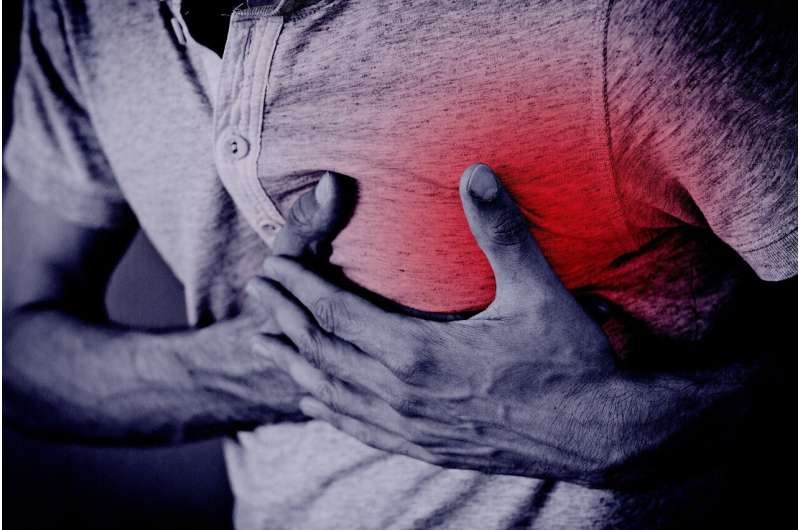Recovery in Colorado: Older Adults Near Pre-Pandemic Death Rates, While Middle-Aged Show Increased Risks

Older Coloradans are nearly back to pre-pandemic death rates, but middle-aged adults face continued increased risks, mainly from overdoses, highlighting ongoing public health challenges. Explore the latest insights in this comprehensive overview.
Recent analyses reveal that older Coloradans have largely returned to their pre-pandemic death rates, indicating a significant recovery after the surge during COVID-19. Despite this positive trend, middle-aged individuals continue to experience higher-than-expected mortality, primarily driven by overdose-related fatalities. The state health officials monitor death rates by age to identify abnormal patterns; when younger populations die at higher rates, it signals underlying public health concerns.
In 2020 and 2021, death rates spiked sharply due to the combined impact of the COVID-19 pandemic and a worsening illicit drug supply. Although these rates declined over the subsequent years, they did not fully revert to pre-2019 levels. Data from 2024 shows that most of the top causes of death—such as cancer, Alzheimer's, and heart disease—have decreased compared to 2023, with the overall death rates for those over 55 being within 3.5% of 2019 figures. This trend reflects improved accuracy in death attribution, with causes like malnutrition increasingly recognized as contributing factors.
Conversely, middle-aged residents (ages 35-54) continued to experience elevated mortality rates, with increases of approximately 22% for ages 35-44 and 11% for ages 45-54 compared to 2019. Overdose deaths remain the main contributor to these figures but have shown some decline recently. For younger children and teens, death rates have risen for most age groups under 25, driven mainly by traffic accidents and homicides. Interestingly, adolescents aged 15-18 and infants experienced lower death rates than pre-pandemic levels.
Nationwide, deaths due to 'despair'—including drug overdoses, suicides, and alcohol-related deaths—peaked in 2021 but have generally declined since then, with preliminary data indicating notable improvements in 2024. Among young populations, overdose death reductions might be linked to safer drug supplies and increased availability of naloxone, a life-saving medication. Nonetheless, experts emphasize that preventing overdoses requires addressing underlying addiction and mental health issues, not just increasing emergency responses.
Healthcare professionals highlight that the organ health of younger individuals contributes to their higher overdose survival rates, and communities must continue to disseminate factual drug information and foster mental health support to mitigate ongoing risks. While decreasing overdose deaths are promising, they do not necessarily indicate a decline in substance use, stressing the need for comprehensive mental health strategies.
Stay Updated with Mia's Feed
Get the latest health & wellness insights delivered straight to your inbox.
Related Articles
Geriatric Assessment in Emergency Departments Can Lower Hospital Admissions
Implementing comprehensive geriatric assessments in emergency departments can significantly reduce hospital admissions among older adults, improving care and resource utilization.
Advanced AI Algorithm Enhances Heart Attack Risk Prediction
A novel AI algorithm developed by researchers at UWA offers a more accurate and comprehensive way to predict heart attack risk, outperforming traditional calcium scoring methods and paving the way for personalized cardiac care.
Measles Outbreak in Rural Canadian Town Highlights Vaccine Hesitancy and Community Divisions
An outbreak of measles in a rural Canadian town reveals deepening vaccine skepticism and community divisions, threatening public health gains. Learn more about this growing concern.
Sno Pac Recalls Frozen Spinach Nationwide Due to Listeria Risk
Sno Pac Foods is recalling certain organic frozen spinach products sold nationwide due to potential Listeria contamination, emphasizing the importance of food safety and consumer awareness.



